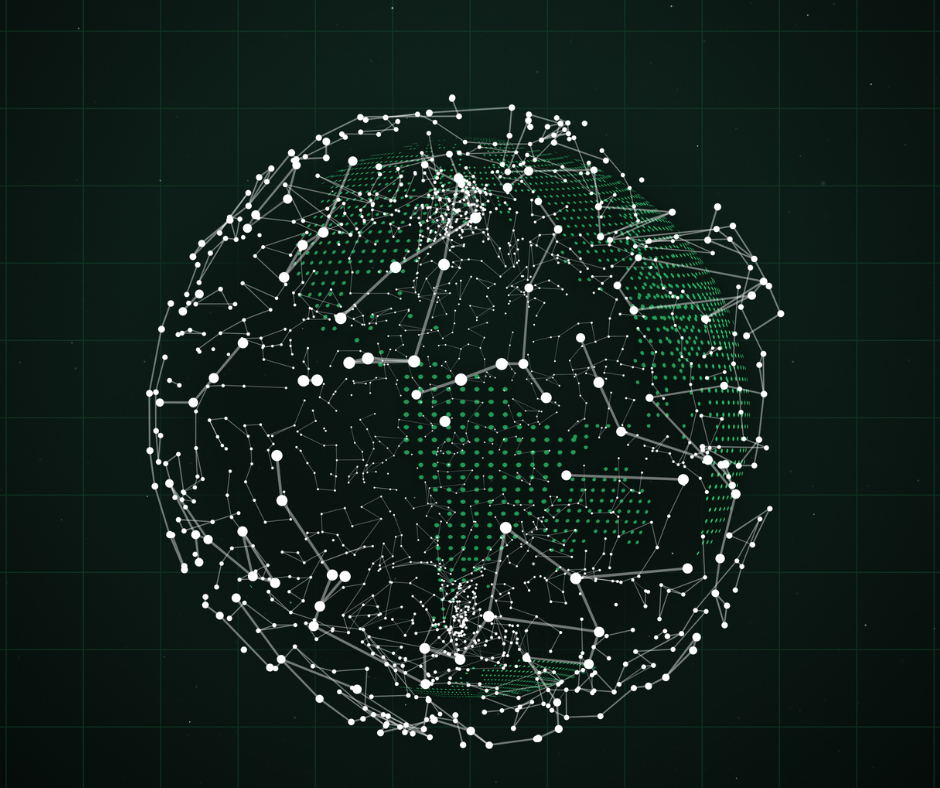 New technologies are altering the face of trade finance, bringing a host of opportunities and challenges for corporate treasurers. Joon Kim, Global Head of Trade Finance Product and Portfolio Management at BNY Mellon Treasury Services explores the changing trade finance landscape.
New technologies are altering the face of trade finance, bringing a host of opportunities and challenges for corporate treasurers. Joon Kim, Global Head of Trade Finance Product and Portfolio Management at BNY Mellon Treasury Services explores the changing trade finance landscape.
Having remained largely unchanged for decades, the trade finance industry is now experiencing a significant transformation. The combined force of technological innovation, shifting client demands and the unprecedented Covid-19 environment are propelling trade finance toward a digital future.
New automated technologies available to banks
The implementation of new technologies – from machine learning and optical character recognition (OCR) to digital signatures and distributed ledgers – lies at the heart of these digital efforts, and is helping to transform the historically time-consuming, manual-intensive and paper-based business of trade finance into a streamlined and efficient machine.
While these rapid changes are posing fresh challenges, they are also opening up a range of opportunities for banks to better support their clients. And as these solutions begin to deliver on their potential, we are now on the cusp of significant gains. With this in mind, what can banks do to ensure they can continue to drive this digital transformation?
Obstacles in compatibility to overcome
Almost 80% of trade finance is now conducted in the open account space, where goods are shipped and delivered before the payment is due. While it has become by far the most prevalent means by which to conduct trade finance, several weaknesses remain – including the lack of a network to effectively and securely exchange information
In lieu of such a network, treasurers working in the open account space typically have to structure their trade finance deals on a bilateral basis and onboard several different proprietary systems.
Not only is this a time-consuming process, but it also brings a number of complications. For instance, it creates a system that is more susceptible to financial crime.
With no standard network to exchange information, fraudsters can use a single invoice to obtain multiple lines of credit from different banks.
The turbulent landscape created by the COVID-19 pandemic, which put extreme pressure on global supply chains and liquidity, served to exacerbate these issues. As a result, it became clear that an effective and secure system was needed to support, facilitate and optimize open account transactions.
Industry collaboration is key
In order to make open account trade more secure and efficient, several networks are being developed – and industry-wide collaboration is proving key to their success.
One such example is the Marco Polo network, a consortium of approximately 45 banks that leverages blockchain technology to provide an open software platform for trade, payments and working capital financing. The network is removing the need to integrate a host of external systems and replacing this with a single point of access on a cloud-based blockchain-powered network.
The use of blockchain technology means that the moment both parties agree that the transaction terms are correct, the trade can be confirmed in real time.
This means the data in trade documents can be checked, matched and confirmed by both parties almost instantly. This is also reducing the risk that the same trade instruments could be used to secure working capital from multiple liquidity providers.
By enabling the seamless, secure and fast exchange of trade information and transactions, partner banks are able to more efficiently insert liquidity into the international supply chain via a host of supply chain finance solutions, including both payables financing and receivables discounting.
Working towards a more efficient trade finance future
Trade finance is truly transforming, with the use of emerging technologies driving efficiencies and streamlining processes. But, while significant progress has been made – particularly with the COVID-19 pandemic pushing the industry away from the paper-based processes and towards digital alternatives – the era of digital trade finance is only just beginning.
Banks will need to keep up with the pace of change, participating in the industry initiatives, such as the Marco Polo Network, and investing in cutting-edge technologies – ensuring they can provide the support, tools and solutions their clients need to flourish in the new digital world.






disqus comments